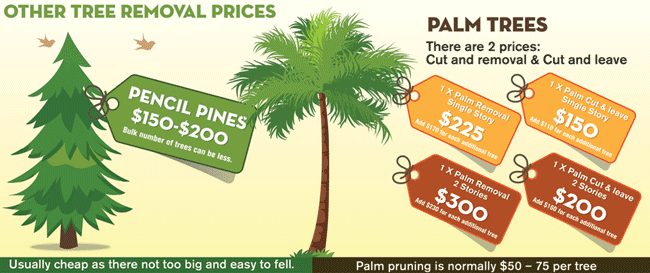Determining The Correct Time For Tree Removal - An Overview For Homeowners
Determining The Correct Time For Tree Removal - An Overview For Homeowners
Blog Article
Article Created By-Rollins Halsey
Trees add appeal and worth to property, but they can also pose a danger throughout severe climate occasions. If a tree has stopped growing, is displaying noticeable fungal development, or has a leaning trunk, it ought to be removed by a specialist to avoid residential or commercial property damages and injury.
To learn more, go to a property owner source fair co-hosted by HPD, the Center for NYC Neighborhoods, and Brooklyn-based housing companions this evening in Bedford-Stuyvesant. The event will include the Home owner Handbook, a brand-new guide to aid property owners navigate the obligations of owning a home.
1. Dead or Dying Branches
Trees are an integral part of your home's landscape, using shade and appeal. They additionally supply sanctuary for wild animals and produce oxygen, however even healthy trees can experience illness that may require their removal. Dead or passing away trees aren't just unattractive, they can be harmful. Their branches can drop throughout a storm, causing costly residential property damage and injuries.
When best tree removal service near me begin to pass away, it implies that its framework is starting to break down. If the majority of its branches are dead, it is most likely time to remove it.
Search for a lack of brand-new development, bark peeling, open injuries or tooth cavities, fungis expanding on the trunk or origins and a general look of decay in the entire canopy. These signs of infection can show a major issue that will certainly need expert tree solutions to deal with.
2. Leaning Trunk
While it's typical for trees to lean periodically because of phototropism, if a tree has a harmful or extreme lean that's not due to natural processes - maybe an indicator that the tree needs to be gotten rid of. If the tree is leaning toward a high-voltage line, home, lorry, play structure or any other location that could be harmful to individuals if it drops, then getting in touch with a specialist tree solution for removal ought to be a leading priority.
It's additionally important to look for any sudden changes in a tree's leaning as it can indicate damages to the roots or trunk that might result in falling. This is especially real throughout stormy weather, given that high winds and rain-soaked soil can cause a lean to change swiftly. Routine tracking, particularly during and after storms can aid home owners acknowledge possible troubles with their trees so they can call an arborist for a complete evaluation.
3. Parasite Infestation
Some pest problems, such as wood-boring insects like emerald ash borer or sap-suckers like scale pests, are so severe that they can create a tree to pass away. The best means to avoid pest problem is to check your trees often. Try to find areas, openings, or discolorations in the leaves and bark. Take auckland landscape at the trunk for fractures and indications of insect damage, such as passages or tracks.
If a tree comes to be also plagued with pests, or is close to a home or high-voltage line, an arborist might recommend elimination. If a leaning tree establishes a brand-new, unpredictable lean, an arborist will likely recommend elimination also to guarantee the safety of people and residential property. If a damaged or dead tree consistently sheds excessive branches, it is an indication that it is time to eliminate the tree. If a tree remains to drop branches for a prolonged period of time, it could bring about architectural issues and potential residential property damages.
4. Damaged Trunk
Trees are a beautiful and important part of our landscape, however they do call for normal care to maintain them healthy and balanced and safe. If a tree is damaged beyond repair it is most likely time for it ahead down.
Try to find signs of damages to the trunk, including upright splits, joints, dead branch stubs, noticeable wounds or open tooth cavities and extreme tree-rot. The visibility of fungi at the base of the trunk is another alerting sign. Fungi might indicate that the phloem and xylem (life-support tissues) are endangered, enabling the spread of condition or a future failure.
Likewise, consider whether the tree has actually quit expanding. Healthy and balanced trees will certainly have brand-new growth yearly, which may be visible as buds or branches growing and extending. If you don't see any kind of brand-new development, it's an excellent concept to have an arborist review the tree and follow their suggestion for elimination. A passing away or harmed tree can drop and trigger property damages.